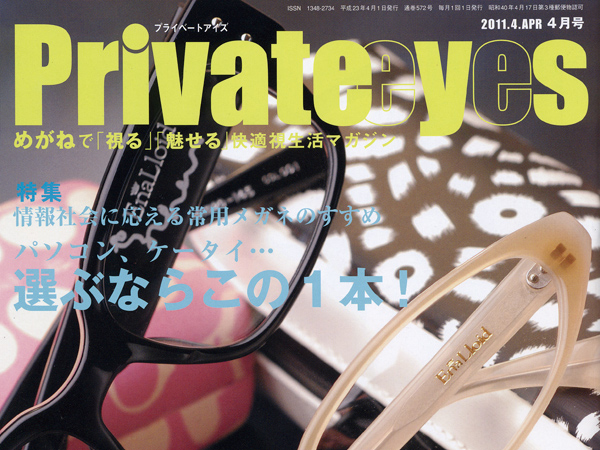
Instantly, I had the sensation of being in a kaleidoscope, with my surroundings becoming a patchwork of scattered jigsaw pieces whose images seemed somehow detached from the surrounding sounds. That all sounded like plain sailing – until she strapped the goggles around my head, completely distorting my vision.

She strapped the weighted bands to my wrists and ankles as she gave me instructions for the seemingly simple task she wanted me to complete: I was to read the menu, make my selection and walk to the cafe’s counter to place my own order and that of my companions, while paying with a bank card from Amy’s wallet. I was about to step into Amy’s shoes as someone living with MS. Then, she produced the gardening gloves, the heavy training weights for both arms and legs, and the goggles. Man who collapsed, lost his job and ended up in wheelchair joined the circus after chance meeting.Amy unzipped an overhead locker-sized suitcase from which she lifted a dozen wooden spoons, and patiently explained Miserandino’s theory, demonstrating how she has expended so many units of energy through everyday mundane tasks that by mid-afternoon, she’s left with no ‘spoons.’ I met Amy and the MS Society’s press and PR officer Suz Elvey in a busy cafe in St Andrews, close to Amy’s home in the village of Dairsie in Fife. To coincide with the current MS Awareness Week, Amy and the charity sought for the first time for it to be experienced by a journalist – and I was privileged to be invited to take up the challenge. The kit was trialled by Amy’s children, their classmates, her husband and carer Peter, medical students at the University of St Andrews, and board members of charity, the MS Society. With that came the evolution of Amy’s MS kit – a collection of rudimentary items that simulate the exhausting weight of carrying limbs that feel like they’ve been filled with concrete. The spoon theory helped Amy’s children grasp why on some days, their mum didn’t have enough spoons left of an evening to both cook dinner and take them to the park. The metaphor has since been used to describe a wide range of disabilities, mental health issues, forms of marginalisation, and other factors that might place an extra and often unseen burden on people living with them. Rugby fans toast late Doddie Weir as rare whisky selected by legend is released.Giving her friend a handful of spoons, she described each of them as units of energy to be spent performing everyday actions, representing how chronic illness forced her to plan out days and actions in advance so as to not run out of energy. The theory was coined by writer and blogger Christine Miserandino in 2003 as a way to express to a friend over lunch how it felt to have lupus. The kit began with Amy explaining to her children the ‘spoon theory’ – a metaphor describing the amount of physical and/or mental energy that a person has available for daily activities and tasks, and how it can become limited. That’s why, after her diagnosis at the age of just 34, she set about creating a kit that would let other people, especially carers, experience what it is like to live with MS. And she had to make them appreciate that there was a reason why she could no longer do many of the fun things she once did. She had to find a way of explaining to her own children, and to their friends, why she was “walking funny.”Īmy needed them to understand that she wasn’t drunk. When the left side of her face drooped like it had melted, it terrified her kids, making her son wail and run to his room. Record-breaking Kiltwalk sees thousands descend on Balloch.

(Image: Daily Record) Read More Related Articles Fearing how her visual impairment might progress, she asked husband Peter, whom she describes as “an exceptional carer,” to paint their home in bright hues and plant flowers in the garden for fear she’d lose the ability to see colours.

Her children, Chrissy and Ruaridh, were aged only eight and six when, 12 years ago, she was diagnosed with MS after experiencing numbness in one side of her face, extreme tiredness and an inexplicable, uncharacteristic tendency to become highly emotional and dissolve into tears. She’s also had to teach herself to tolerate the constant pain, which easily surpasses that of childbirth – by a long shot. Words alone couldn’t do justice when explaining her round-the-clock challenges to medical students who will become the doctors of tomorrow, and to whom people like Amy will turn for some blessed relief from their symptoms.Īlthough, as Amy explained, everyone’s MS is peculiar to them, she experiences the most typical symptoms, which include problems with vision, limb movement, sensation and balance. For mum-of-two Amy Newton, it simply wasn’t enough to attempt to describe to her family what it’s like to live with lifelong incurable neurological condition, multiple sclerosis (MS).


 0 kommentar(er)
0 kommentar(er)
